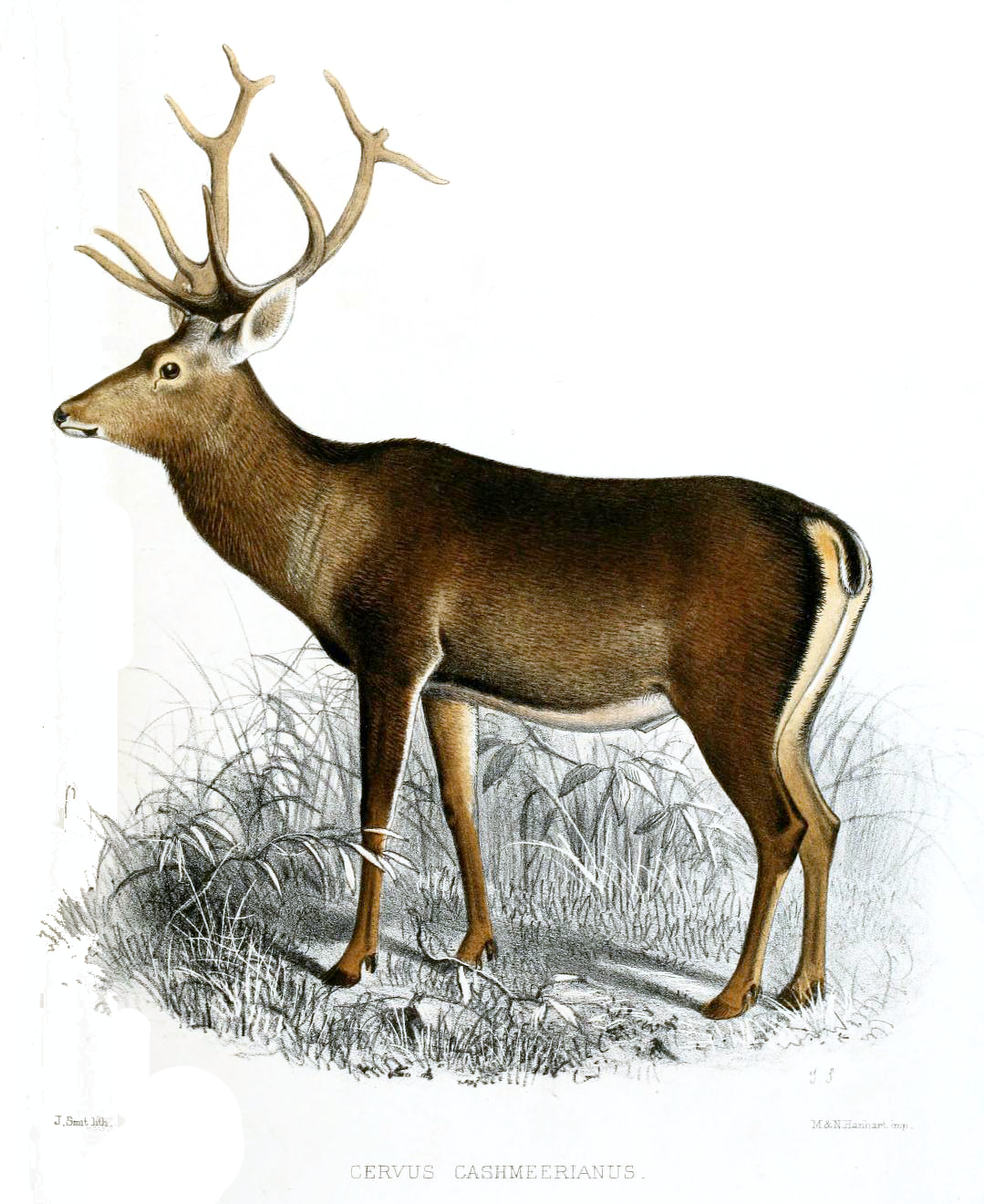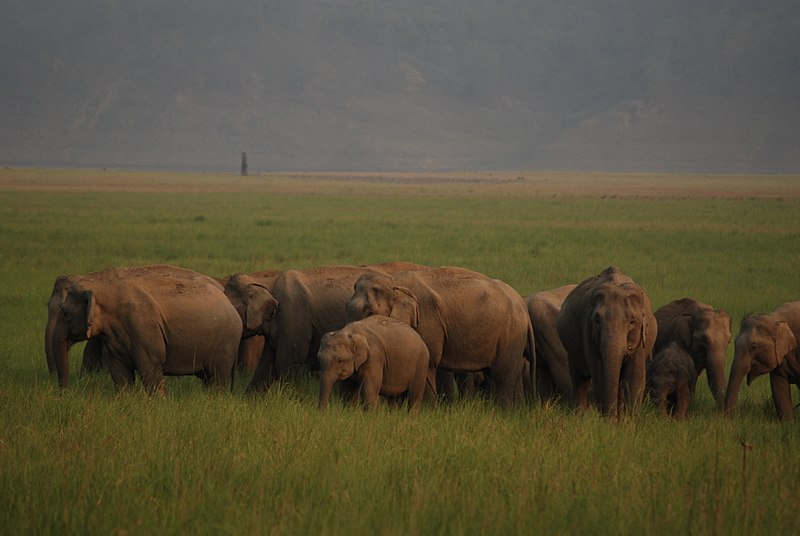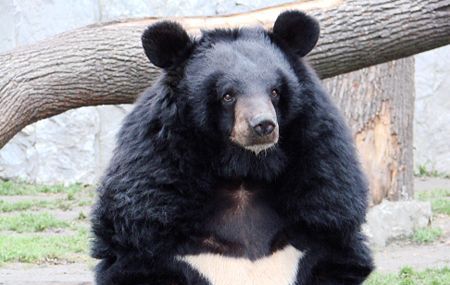Hangul (Cervus hangul hangul), also known as Kashmir stag, is the only Asiatic survivor of the red deer group in the Indian subcontinent. The Hangul is considered as important to the region of Kashmir as the tiger is to the whole of India. King Hari Singh, the last king of Jammu & Kashmir was so fascinated by the animal that he had even constructed a rest house at lower Dachigam just for a glimpse of the Kashmir stag.
But those days of splendour have long gone as concern for the decreasing population of the extravagant Hangul has only grown. Today, Kashmir stag is restricted only to the Dachigam National Park, which is 15 km north-west of Srinagar. What is a greater worry is the lowest ever recorded male-female and fawn-female ratios of the animal, risking the survival of the entire population.
Read More: Indian Army Starts the Save Hangul Campaign
Skewed Ratios
The Critically Endangered deer species is the only surviving Asian subspecies of the European Red Deer. The Kashmir stag was once widely distributed in the foothills of Kashmir and parts of Chamba district in Himachal Pradesh. But from a count of around 5,000 in the early 1900’s the population fell to 186 in 2015.
According to the latest survey in 2017, the population of Kashmir stag went further downhill to 182 in Dachigam and adjoining areas. Shockingly, there were only 15.5 males per 100 females and 7.5 fawns per 100 females.
Khursheed Ahmad, a senior wildlife scientist believes that the low recruitment rate of fawn to adults is a worry. “There is a female-biased ratio of 23 males to every 100 females. The female-biased ratio and the fawn to female ratio of 30:100 are the two main reasons for the declining numbers of Kashmir’s Hangul,” Ahmad told Down To Earth.
Ahmad and his team in 2013-2014 studied the food habits, breeding patterns, and movements of the Hangul species in and out of its habitat by tagging the animals with satellite collars. But while the researchers were able to track the Hangul movement, they still need to know where and why they migrate. Currently, they are studying two female Kashmir stags, whose satellite collars have been recording data since May 2018.
In 2013, the state government had set up the Conservation Breeding Center at Shikargah Tral in south Kashmir and shifted a fawn there with the aim of starting captive breeding. But within days, the animal fell prey to a leopard, which breached the boundaries of the center.
In 2016, the state government had again approached the centre to provide additional aid of 25 crores for the breeding centre and for hiring experts, but the proposal was rejected. It seems paucity of funds has been a major roadblock for the local government to actively work in the protection of the species.
Read More: Census Shows Increased Population of Hangul
New Hope: Genetic Profiling
In recent months, to aid the ailing breeding centers, the local government has decided to collaborate with Laboratory for the Conservation of Endangered Species (LaCONES), a Hyderabad based research organization, to create a genetic profile of the Hangul.
During this project, the superior members of the deer population would be identified and allowed to breed to enhance the immunity of the offspring so that they can survive even in harsh conditions. The researchers would also study the issues that led to the decline of Hangul species and suggest ways to improve their habitat.
According to an official of the wildlife department, “We need six females and two males to begin with. Second, it should be done either in spring or autumn. Also, the age of the breeding stock is very important. The wrong age will turn counterproductive for the entire process.”
Wildlife Warden Central Kashmir, Altaf Hussain feels this is a good collaboration as LaCONES has good infrastructure as well as experts. They are also well funded.
What hurts the Kashmir Stag
· Habitat fragmentation
· Predation by the Common Leopard, the Himalayan Black Bear, and feral dogs or dogs kept with the security forces that prey on fawns.
· Invasion of livestock herds belonging to nomadic communities in the Dachigam National Park
· Human encroachment
· Urbanization including cement factories and a golf course construction, which has been operational for years.
· Security forces presence in ecologically sensitive areas.
The Amarnath Yatra during July-August, which attracts lakhs of pilgrims, adds to the disturbance encountered by the shy and reclusive animals since a part of Dachigam National Park is near the Amarnath temple. Few government departments and guest houses have also been constructed inside the sanctuary.
Hopefully, the present conservation actions would help revive the population of one of the most unique deer species in the world.









